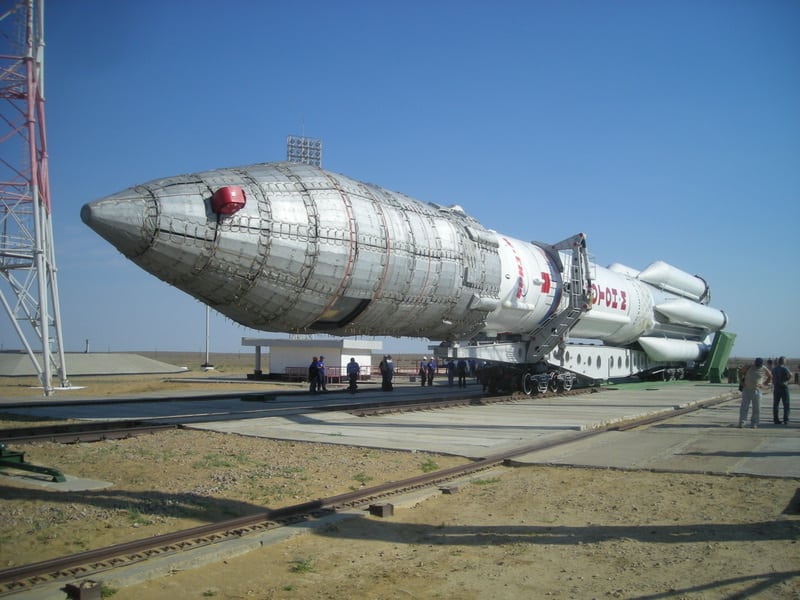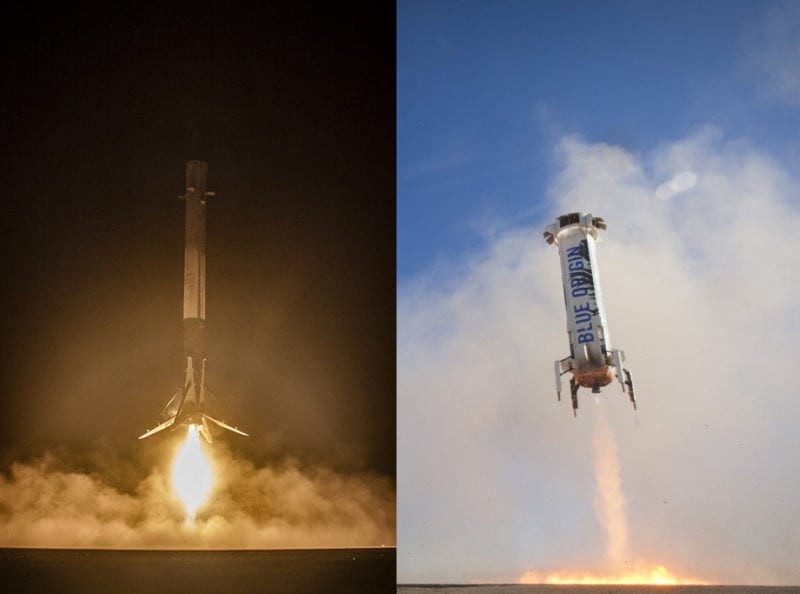Latest News

Bill Ostrove, space systems analyst at Forecast International. Photo: Forecast International.
Each year, Forecast International takes a look back at how the launch industry fared over the last 12 months and also glances forward to predict what’s to come in the year ahead. Via Satellite took a moment to speak with Bill Ostrove, space systems analyst for Forecast International, to discuss the continued decline in launches we saw in 2016 as well as his relatively brighter expectations for 2017.
At just 85 launches into Earth orbit, 2016 continued the downtrend that began its slide after a peak in 2014. In total, both government and private players from nine countries used 22 different launch vehicles to reach for the stars last year.
Some of the most notable highlights were the first launch of the Chinese Long March-5 rocket; the successful return landings of multiple Falcon 9 first stages; and the emergence of the Indian Polar Satellite Launch Vehicle (PSLV) in the international commercial launch market.
But the good news was marred by a few complications — particularly for Russia, which has struggled in recent years as it grapples with a myriad of issues plaguing its launch industry. According to Ostrove, Russia’s space industry has been suffering from a loss of skilled laborers, mismanagement, claims of corruption and poor quality control.
“One of the biggest problems is that manufacturers are replacing high quality heat-resistant alloys with lower quality but cheaper metals for certain components. These replacements have drastically lowered the rockets’ tolerance for the high stresses of launch operations, creating a significantly higher change of failure,” Ostrove said. As a result, Russia’s Proton, once one of the dominant launch vehicles, has experienced “a failure rate of about once per year on average.”

The Proton-M, carrying the Inmarsat-4F3 spacecraft. Photo: Flickr.
The issues within the Russian launch industry are so troubling, in fact, that the Rocosmos State Corporation placed an indefinite ban on launches following the Proton’s delivery of the Intelsat-31 communications satellite into geostationary orbit on June 9, 2016. While the mission was a success, flight data illuminated technical problems during the operation of the second stage. The Proton’s return to flight has since faced numerous delays and, according to Deputy Prime Minister Dmitry Rogozin, the rocket may not see the launch pad again until the summer months.
International Launch Services (ILS) did announce, however, that it is working to develop smaller variants of the Proton alongside contractor Khrunichev to hopefully compete with smaller launch vehicles like the Falcon 9, which has overtaken the Proton in number of launches due to its low price and NASA contracts, according to the Forecast International report. But, even with this announcement, a number of commercial Proton customers have already switched to competitors such as Arianespace and SpaceX.
Despite the Falcon 9 explosion during the pre-launch phase last September, the spike in its number of successful launches also reflects the current conversation on the merits of reusable rockets.
“One side argues that reusing rockets will reduce costs since they won’t have to produce components for each launch. The other side says that producing more rockets will result in economies of scale and reduce overall costs. Expendable rockets also need less fuel since they aren’t landing, and can forego some of the expensive structural redundancy that reusable rockets need to launch over and over again,” Ostrove said.
Still, he noted, reusable rockets have been a goal of the space industry since at least the late 1970s. “NewSpace” companies such as SpaceX and Blue Origin are pushing fervently to make the idea a reality, and even established companies such as United Launch Alliance (ULA) have adopted the reusable scheme — ULA for its future Vulcan rocket.

A SpaceX Falcon 9 first stage landing and a Blue Origin suborbital New Shepard launch vehicle landing. Photo: SpaceX/Blue Origin
“My take is that we’ll start seeing more and more reusable rockets over the next five to 10 years, especially for the larger, more expensive vehicles like Falcon 9, Falcon Heavy, New Glenn and Vulcan,” Ostrove said.
Meanwhile, as the rise of space entrepreneurs drives launch vehicle production in the U.S., China’s government-led programs will drive production there, according to Ostrove. Because China’s enterprise system is controlled by the state, just one company produces most launch vehicles: the China Aerospace Science and Technology Corp (CAST). Its number of launches last year was rivaled only by the U.S., with 22 launches each.
Looking ahead to this year’s launch prospects, Ostrove expects the U.S. and China to continue to dominate the space industry for the foreseeable future. However, the biggest rising power in space is India, he said, exemplified by their recent delivery of a record-breaking 104 satellites atop the lone Polar Satellite Launch Vehicle (PSLV) rocket. “[India is] really putting a lot of energy into developing the PSLV and larger Geosynchronous Satellite Launch Vehicle (GSLV). Those two offer competitive rates, and the PSLV has a strong track record of success, making it appealing to commercial operators around the world,” Ostrove said.
Stay connected and get ahead with the leading source of industry intel!
Subscribe Now